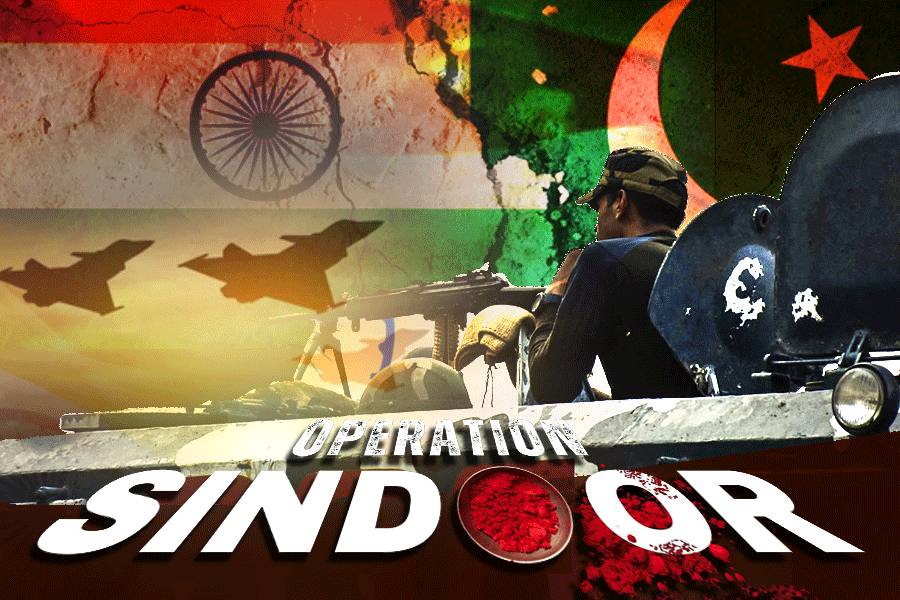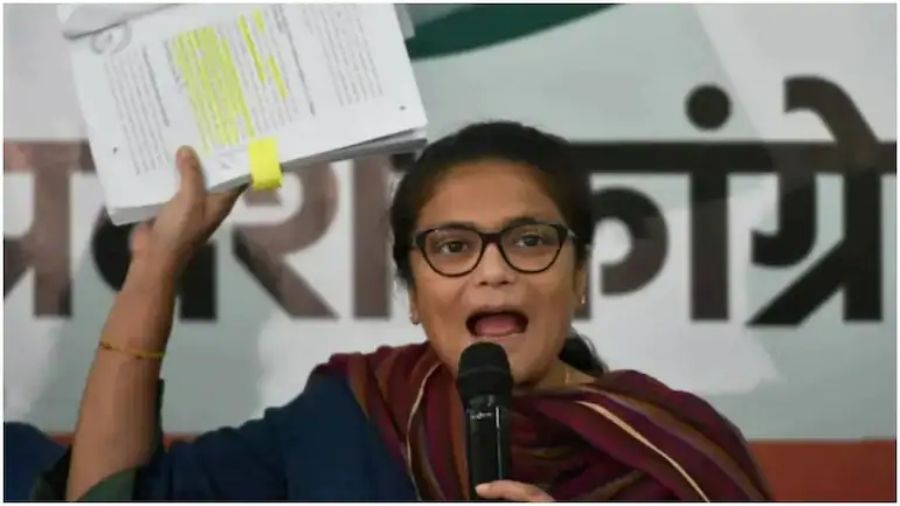 |
Long ago, I did some work on governments’ use of information technology, which Microsoft found interesting. So it decided I could do with some more education. That is how I got a chance to go to Kenya and look at the working of M-Pesa. Pesa is Swahili for Paisa or money, and M is for mobile. It is a business of Safaricom, a telecom operator quoted on Nairobi stock exchange. It does business in a number of African countries, but Nairobi is its base, and Kenya its major market. M-Pesa is one of its products, which adds to its business, but Safaricom does not provide the service only to its own mobile customers; any mobile user can use it. One does not even have to have a mobile to use the service. Safaricom’s agents use their own telephones to send instructions to their fellow agents about whom to give money and where.
The way M-Pesa works is as follows. Suppose someone wants to send money to his wife in some other town or village. He goes to any M-Pesa counter, pays cash, and tells the girl to deliver equivalent cash to his wife. The girl takes the money plus a certain commission, rings up her correspondent in the wife’s village on her mobile phone, and tells her to pay the money to the designated person. The sender, in the meanwhile, rings up his wife and asks her to go and collect the money. The wife goes to the counter in her village and receives the money. The entire transaction can get over in a few minutes; the only red tape is a few entries and signatures for record.
Kenya has a population of 40 million. Roughly a half of them would be adults; of those 20 million, some 15 million, or three-quarters, use M-Pesa. M-Pesa has 30,000 branches — 25 times as many as Kenya’s biggest bank. Each does roughly 80 transactions a day; it comes to about 900 million transactions a year, or 60 per adult. Each transaction has a sender and a receiver; so there are 30 transactions per sender. It means that the 15 million adults send money roughly once in ten days. All of them do not need to send money; it is mainly people who are working away from home and want to send money to their wives and children in villages who use the service. They must be using M-Pesa once a week or more often. Normally, a man living alone in a city may get his wage every Friday and send money to his family over the weekend. How much people send would depend on their earnings; it is generally in the range of 30-300 shillings. Even if they send 60 shillings on the average, they would be sending 27 billion shillings or 18 billion rupees.
The 30,000 branches are not all shops; they may be just counters inside village shops selling other things. But all counters are backed by super-agents, who make sure the counters never run out of money. They must maintain cash balances equal to 1½ times the average daily transfer. They are local rich men; they get 20 per cent of the transfer fees. The counter operators have to undergo training and must score 75 per cent in the examination at its end; if they are to train other assistants, they must have scored 90 per cent. Safaricom charges 30 shillings plus a small percentage of the remittance. So the proportional charges decline as the sum transferred increases. Its charges are high compared to bank transfer charges in India. But its service is quick, convenient, and unbureaucratic.
India’s population is about 30 times as large as Kenya’s. The number of money transfers on mobiles here is about 2 million a month or 24 million a year. Compare that with M-Pesa’s 900 million. The money sent is something like Rs 15 billion a year, roughly 5/6 of the money sent in Kenya. So the average Indian mobile money transferor sends 20-25 times as much as a Kenyan user of M-Pesa. The actual ratio is probably lower because for Kenya I have taken 60 shillings per transfer, which is low. But even then, the Indian user probably sends 10-15 times as much each time as the Kenyan. India’s income per head at current prices is about 1400 dollars against Kenya’s 800 dollars: the average Indian is 1.75 times as well off as a Kenyan. Even allowing for that, mobile transfers are used by better-off people in India than in Kenya. Teledensity in India is 76 per cent, against Kenya’s 55-60 per cent. So mobiles are more widespread here than in Kenya; but proportionally fewer and better-off Indians send money from mobiles than Kenyans. India makes big noise about financial inclusion, Kenya does a better job of it.
Why? The central bank in Kenya does not involve itself in M-Pesa. Financial regulation is necessary only of lending institutions: problems arise in banks on the asset side, not on the deposit side. Safaricom initially kept out of the business of lending money; whatever it collected, it deposited in a bank. So the Kenyan central bank left Safaricom alone. (More recently, it has made a joint venture in which M-Pesa users can open accounts with Equity Bank, which has 54 per cent of bank accounts and 7 per cent of the deposits in Kenya.)
Its business, however, would have been illegal in India, for Reserve Bank does not allow anyone other than banks into the money transfer business; anyone who does it without being a bank or its business correspondent would go to jail. And Reserve Bank wants every bank to know its customer before it can send his money. The know-your-customer regulations are cumbersome. Banks hate the rigmarole; and many potential clients prefer to avoid it. The KYC ritual reduces the number of users, and raises costs, which reduce the number even further, so bank correspondents get too little business, and lose interest. Visa got into the business, but Reserve Bank clamped down on it as soon as it started doing substantial business.
Thus, Reserve Bank has made mobile transfers a bank monopoly, and banks interest only those who have savings; the poor have no savings, so they are not interested in bank accounts. Poor Indians working in cities also want to send money, but banks are closed to them because of KYC, so they use adatias and other transfer agents, whom the Reserve Bank has declared illegal. So M-Pesa exists in India, but on a much smaller scale since the Reserve Bank would cut off a transfer agent’s head if he was silly enough to raise it. Bihari taxi drivers in Bangalore or Bombay, go to transfer agents, and give them money precisely as Kenyans give M-Pesa agents. The agents ring up their interlocutors in the sender’s village, who delivers the money to the intended receiver. But agents in India do not have offices or branches; they operate under the counter. What is a legitimate and flourishing business in Kenya is an underground criminal activity, because of the arbitrary rule of the Reserve Bank.











